This post may contain affiliate links. If you click through a link and make a purchase, I may receive a commission at no additional cost to you. As an Amazon Associate, I earn from qualifying purchases. Read the full disclosure here.
Do you always feel like the uncoordinated one of the group?
Do you feel like you can’t do fitness movements properly, no matter how simple?
Do you feel like you frequently get injured because you’re just not coordinated?
Do you avoid trying new types of exercise because of fear that you won’t get the movements right, and you’ll look silly?
If any of those questions resonate, then this article is for you.
Today we’re talking about body awareness, why it’s important, and how to develop body awareness to be less injury-prone.
Disclaimer: This content is for educational purposes and is not medical advice. Read the full disclaimer.
What’s the sigificance of body awareness in everyday life?
Body awareness seems to come naturally to some and not to others. Everyone is different, and that’s what makes the world go round.
Poor body awareness accompanies medical or developmental diagnoses, and can be a result of trauma/injuries, muscle weakness, or just the way you are. There are plenty of people who say “I’m just not coordinated” or “I’ve never been athletic.”
Body awareness is our internal connection with ourselves. It helps us recognize where we are in space and allows us to react and produce movements appropriately, both in fitness terms and in everyday life.
Body awareness also has an interoceptive and emotional component, signaling us to how we feel internally at any given moment and helping us to regulate and react appropriately to situations.
Equally important is spatial awareness, which is our ability to understand and interact within our environment.
This sense helps us not walk into walls or other people in a grocery aisle. In this case, not kicking the person next to you in an exercise class.
We’ll pick an easy example.
Let’s take a simple everyday task like picking up your delicious morning coffee in that oversized mug that was an impulse buy.
(Not judging, we’ve all had a weak moment waiting at the checkout counter at Starbucks.)
Since you haven’t had the coffee yet, you may be on autopilot in your morning fog — all the more reason to appreciate body awareness. Bonus, if you managed to walk into the kitchen without bumping into anything, you’re already winning. Thanks, spatial awareness!
You successfully stood the appropriate distance from the coffee. Extended your arm at just the right speed and precisely grasped the cup. You carefully brought it to your mouth without spilling it to begin drinking your morning pick me up.
Hopefully, you managed not to spill, break the cup, or hit yourself in the face. Thanks to your motor skills and successful interpretation of sensory input and the ability to react appropriately. Your body did a lot of behind-the-scenes work to allow that to happen.
Yeah sure, that was easy, it’s just picking up a cup. How does that relate to helping me not look like a spaz at the gym?
We’ll get there.
At some point as a child, you were not that skilled in such a simple task. Sippy cup? But you learned. Just like you learned to walk, run, play a sport, drive a car, and become more skilled at any task.
Coordinated movement requires the brain to interpret sensory information (sensory integration) and produce the correct movements accurately.
When you do something over and over again, the brain forms motor patterns. This is referred to as “muscle memory.”
A motor pattern is a sequence of muscle movements that work together to accomplish a task. A task could be as simple as standing up or as complex as a gymnast performing a high-level movement.
The more we practice something, and the better we are at understanding the sensations that are coming in, the better the outcome is.
Body awareness is essential for all exercises and can help improve form and decrease the risk of injury.
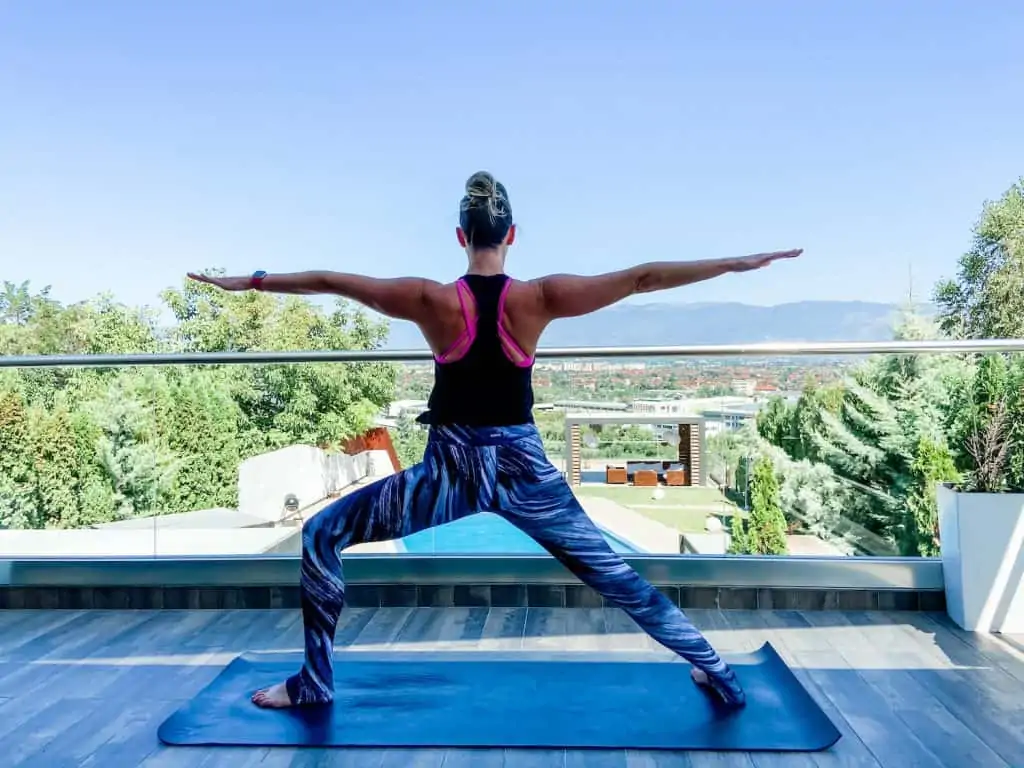
How does body awareness work?
Any system that can relay sensory information to the brain can contribute to body awareness.
Sensory information such as visual cues, auditory cues, sense of touch, perception of movement, pressure, pain, and stretch are crucial for physical activity.
A quick search about body awareness will bring up the words proprioception and kinesthesia. Though often used interchangeably, they have slight differences. Let’s take a look at how these concepts assist with body awareness.
Proprioception
Proprioception is the ability to know where a limb is in space. Sensory receptors (proprioceptors) in muscles, tendons, joints, and fascia relay information to the brain about the position of a joint.
When your eyes are closed, you should be able to tell the difference between standing and sitting. That’s because you receive proprioceptive input and other sensory information that allows you to interpret the difference.
The proprioceptive system helps you understand if you are doing movements properly without being able to see your entire body.
Kinesthesia
Kinesthesia is the movement component, using feedback from proprioceptors and other means of sensory input.
The kinesthetic sense plays a role in “muscle memory” and hand-eye coordination to allow you to coordinate movement patterns.
Visual & vestibular systems
Your brain also receives valuable sensory cues from the visual and vestibular systems.
If you stand and close your eyes, you might notice it’s harder to keep your balance. That’s because you eliminated information from your visual system and are now relying solely on input from other systems.
The vestibular system is complex, so let’s keep it simple. Organs within the inner ears sense head position, motion, and spatial orientation. This helps with movement, posture, and equilibrium.
Anyone that’s ever had vertigo, other dizziness issues, or a few drinks knows how difficult it is to keep your balance. Take that sense away, and it’s bad news bears.
Sensory integration
All this information gets processed in the brain to assist body awareness and movement.
We are constantly processing internal and external cues to navigate through our space.
If tasks are new or complex, the sensory input can become overwhelming. With practice, less mental energy is needed to complete tasks well.
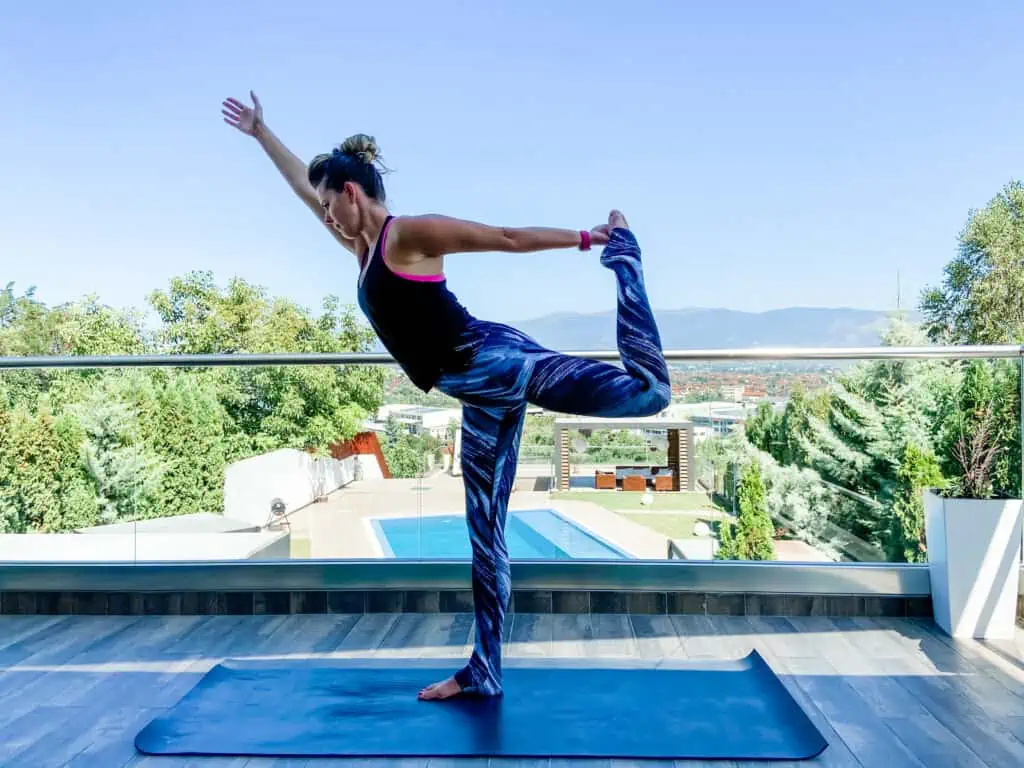
What are signs of body awareness problems?
There are many signs of proprioceptive issues in children that are related to medical diagnoses. Although there is some overlap for the purposes of this article, I’ll be focusing on general body awareness issues in adults (not related to specific medical diagnoses) and how it relates to fitness activities.
Signs of proprioceptive problems in adults include:
- Stiff or awkward movement patterns
- Clumsiness
- Difficult with balance or coordination
- Difficulty mirroring exercises
- Difficulty learning proper form for exercises
- Frequent injuries
- Difficulty moving to the beat of music
Body awareness & proper form
Getting tuned in to sensations like stretch, pressure, discomfort, movement, etc. can help you listen to your body to improve form and decrease the risk for injury.
When was the last time you weren’t multitasking?
When it comes to performing different fitness movements, not paying attention can be like asking for an injury. Especially if you know coordination is not your thing.
How to improve body awareness
So you’re having difficulty in that cardio step class, following the right weight lifting cues, or what the heck your yoga instructor said because you can’t see. It’s a whole lot easier to say check please and hit the treadmill instead.
But that’s not why you’re reading this article.
Don’t feel bad if it just doesn’t come naturally. If you’re willing to explore and put in some work, you can improve.
You don’t have to be perfect, you just have to try.
Here are some tips to use in addition to specific body awareness exercises to improve.

Ask for help
Ask instructors to show you a particular move and practice it! Depending on the situation, they may be able to provide a hands-on adjustment or offer a different verbal cue that makes sense for you.
Don’t love the instructor? Ask a different one that you know and trust!
Don’t reinforce bad form! Learn the proper way.
Practice makes perfect
Remember the old saying practice makes perfect?
With practice, focus, and a little patience, you can become more proficient at different moves and decrease the risk of injury. Repetition, get that muscle memory!
Educate yourself
As a kid, you were probably tricked into learning body awareness with games like Simon Says and Hokey Pokey. Learning now may not be as fun, but with so much information available for free, there’s no excuse. Just make sure you’re trying to seek out legit sources.
Take opportunities to really learn about what you’re doing and why. Don’t just go through the motions.
Educating yourself about anatomy and the purpose of each movement can help improve awareness. You can’t “put your mind to the muscle” if you don’t know where the muscle is.
Improve knowledge of directions and movements
When following an instructor or reading about exercises, you will hear many different cues like flex/extend, bend/straighten, left/right, forward/back, etc.
Do you struggle with understanding verbal cues?
In a fitness class, you may not always be able to see the instructor and may need to rely more on verbal directions. Remember Hokey Pokey? That was helping us with this.
It gets more complex when an instructor is explaining cues for how to perform a movement. You don’t want to miss out on valuable tips to perform movements properly.
Take the time to learn the lingo for the class or other fitness activities you’re enjoying.
If you’re a little rusty on your knowledge of lower body anatomy, you can read about it here. Don’t be caught off guard when someone says quads or gluts!
Use exercise modifications
Always take the modification until you feel confident you can progress. If you have trouble doing two things at a time, it will be impossible to do four things at a time.
Understand what makes movements easier or harder. Use these levels to your advantage.
The more challenging an activity is, the more sensory input you receive and need to process. The more body parts you need to keep track of.
When you modify, there are fewer variables to think about, and you can focus more efficiently on the purpose of the movement. If you start simple and gradually progress, with practice, you can learn to recognize when something feels right, and when it doesn’t.
Know your limits.
If you haven’t already read my article on modifications, you can check it out here.
Work with a physical therapist
I can’t tell you how many times I’ve heard, “I can’t do X, it hurts my whosie-whatsit.”
Further digging usually leads to improper form, not understanding the goal of the exercise or lack of proper modifications.
When corrected and educated with appropriate modifications and cues, the person could now do a safe version of X, without their whosie-whatsit hurting. And if it still hurt, we’d find a substitute exercise with the same goal because nobody likes a sore whosie-whatsit.
And don’t worry, no one has an injured whosie-whatsit, it’s not a real thing.
Take advantage of mirrors
Some people genuinely hate looking in the mirror at themselves. Now that may be beyond the scope of what I’m getting into today, but your form is not getting better because you’re avoiding looking in the mirror.
Remember visual sensory input? Mirrors are one of the best ways to improve your form and get immediate real-time feedback.
But I’ve always been uncoordinated
Ok. Some people are naturally more coordinated than others, but that doesn’t mean you can’t improve with education, practice, and focusing on what you’re doing. You can improve from where you currently are today.
Try to leave those bad memories of gym class behind. If you want to improve, you will have to put in some work.
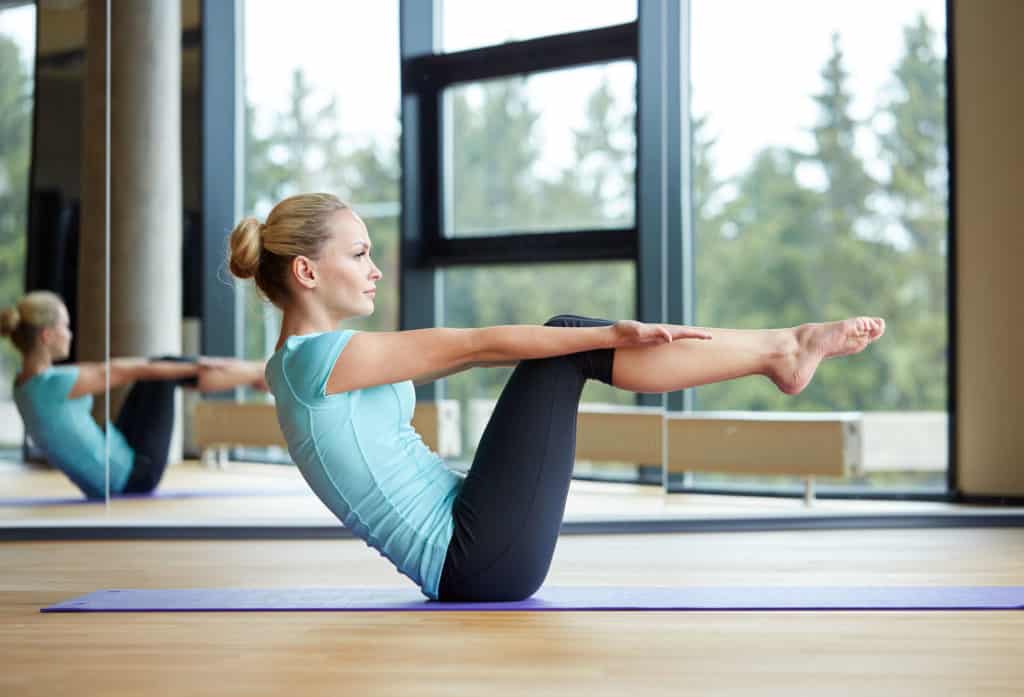
Body awareness exercises
Body awareness is often talked about for children, however not as much for adults. Here are several types of body awareness activities for adults to help improve this skill.
Practice fundamental movements
Pilates, Yoga, Tai Chi, and other fundamental movement-based methods are fitness activities that encourage more self-awareness with controlled, coordinated movements.
The Feldenkrais Method is an exercise program that uses gentle movement and focused attention to improve somatic education.
Including these types of activities in your routine can help improve that mind-body connection by encouraging slow and purposeful movements.
Core strengthening
What do you think of when you hear the phrase core strengthening?
Hint: it’s not sit-ups.
Pilates is also a core strengthening activity. The core is not often something we think about using and, as a result, core weakness can decrease body awareness.
Good core stability provides a stable base for all other limbs and can improve overall movement patterns.
Teaching core/postural exercises as a physical therapist is one of the most challenging concepts for patients to grasp. They often become frustrated and say, but I can’t tell if I’m doing it right.
This is where various verbal cues, hands-on cues, and education about anatomy and movement comes in. Different instructions click with different people. With practice, you gain a sense of what feels right.
Strength training exercises
Strength training exercises (after you’ve had instruction on proper form) can improve strength, neuromuscular control, and proprioception by placing load through the system, providing additional sensory input.
Practice guided meditation
Meditation can be intimidating to many and little woo-woo to some. I’m by no means an expert. However, science does say practicing meditation can help promote relaxation and become more attune to the sensations in your body.
Try a guided meditation for even 5-10 min. Bonus, there’s tons of free guided meditations on YouTube.
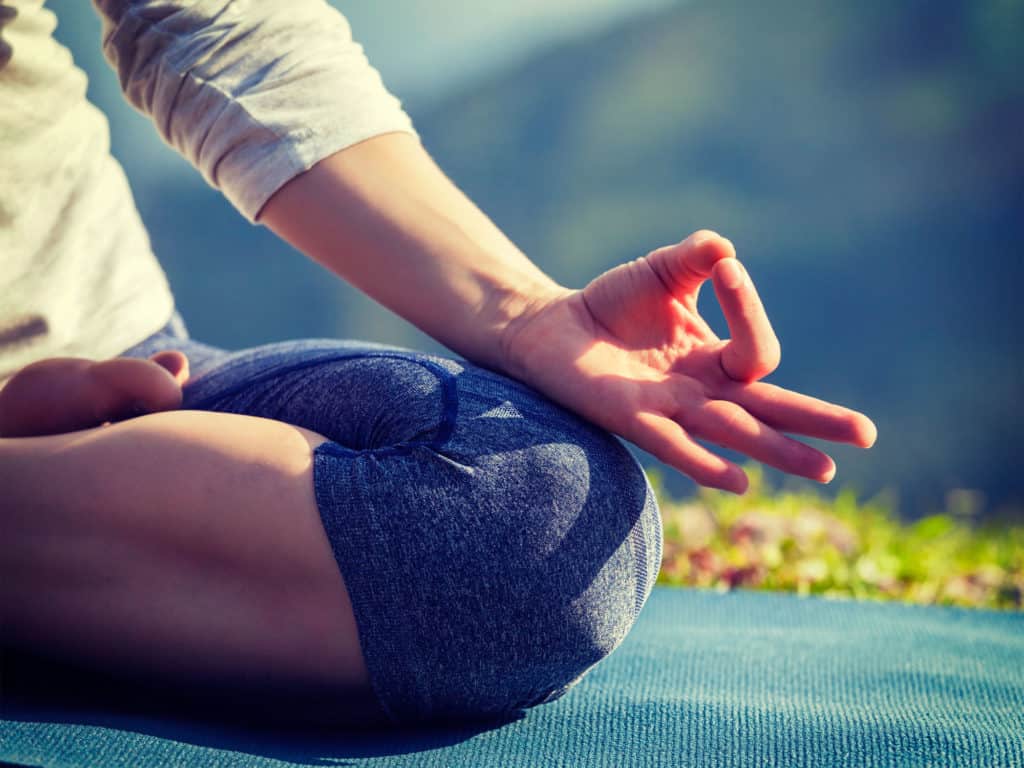
Deep breathing exercises
Deep breathing exercises can help improve awareness of breath and core muscles and decrease stress.
Deep breathing is a natural hack into the nervous system and often overlooked in healthy movement.
Deep breathing has a connection to the vagus nerve, the longest cranial nerve in the body, running through the throat, chest, and abdomen, helping to elicit a relaxation response to decrease heart rate, blood pressure, and reduce the concentration of stress hormones circulating the body.
To learn more about deep breathing and specific techniques, read Deep Breathing Exercises For Low Back Pain.
Body scan exercises
This involves taking the time to scan sensations slowly through different body parts, processing the sensory information coming into you such as pressure, pain, tightness.
We normally ignore these as we go throughout the day, but taking time to process this information can help improve the connection with your body and recognize negative sensations more quickly.
Body scanning also helps with recognizing internal body sensations.
This article, How to Scan Your Body for Tightness, Tension, or Pain, is a great resource that expands on this topic.
Contract-relax exercises
These are typically used as relaxation techniques to release subconscious muscle tension. Voluntarily contracting and relaxing muscle groups allows you to perceive the different sensations that go with each and improve your overall body awareness.
Isometric contractions (the ability to engage a muscle group without making a movement) is also helpful for all forms of exercise as you monitor form and posture.
Work on your balance
Working on balance and other closed chain (standing) movements can help improve proprioceptive sense. Remember, proprioception gives up feedback on where our limbs are in space.
By working on balance and fine-tuning this sense, we are able to adapt to balance changes more quickly, hopefully, stay upright and avoid injuries.
Better balance can mean the difference between a close call and an embarrassing wipeout.
Sensation vs pain
Listening to your body and distinguishing between these two is crucial to success for decreasing injury.
We are constantly processing physical sensation, but learning which sensations you can explore and which signal to stop takes some work.
As you get more in tune with your body, you’ll become familiar with the expected sensations and determining your limits will be easier.
Slow down and be mindful
Take the time to focus on what you’re doing. Mindfulness is getting a lot of attention these days and for good reason. We’re always distracted.
Back to the coffee for just a sec, remember the last time you were distracted and tried to pick up your coffee and drink it? Some of it may have ended up on your shirt.
You’ll become more proficient at something if you can focus. Don’t just go through poorly formed motions, pay attention.
The same principles apply when you’re doing exercises. Make sure you’re paying attention and listening to your body! Get tuned in to the sensory cues. Don’t be thinking about your grocery list.
Wrapping up
You don’t have to be perfect, you just have to try. Everyone can make progress toward improving body awareness.
Improving body awareness can take a long time, but you can make progress. It can be a lifelong process, and no matter what your level, it’s always good to become more in tune with your body.
I hope this post encourages you to try some new forms of exercise or get better at those you’re already doing. For my beginners, I hope this takes away some of the intimidation of trying a new activity.
Make sure you join the free 5-day fitness injury prevention challenge to learn more ways to stay active and avoid injuries!
Featured image credit: insta_photos / bigstockphoto.com
References:
Hillier S, Worley A. The effectiveness of the feldenkrais method: a systematic review of the evidence. Evid Based Complement Alternat Med. 2015;2015:752160. doi:10.1155/2015/752160
Inácio Salles J, Velasques B, Cossich V, Nicoliche E, Ribeiro P, Vinicius Amaral M, and Motta G (2015) Strength Training and Shoulder Proprioception. Journal of Athletic Training (50)3:277-280. https://doi.org/10.4085/1062-6050-49.3.84
Mohammad WA, Pappous AS, Muthumayandi K, Sharma D (2018) The Effect of Mindfulness Meditation on Therapists’ Body-Awareness and Burnout in Different Forms of Practice. European Journal of Physiotherapy (20)4:213-224. https://doi.org/10.1080/21679169.2018.1452980
Proske U and Gandevia C (2012) The Proprioceptive Senses: Their Roles in Signaling Body Shape, Body Position and Movement, and Muscle Force. Physiological Reviews: American Journal of Physiology (92) 1651–1697. doi:10.1152/physrev.00048.2011

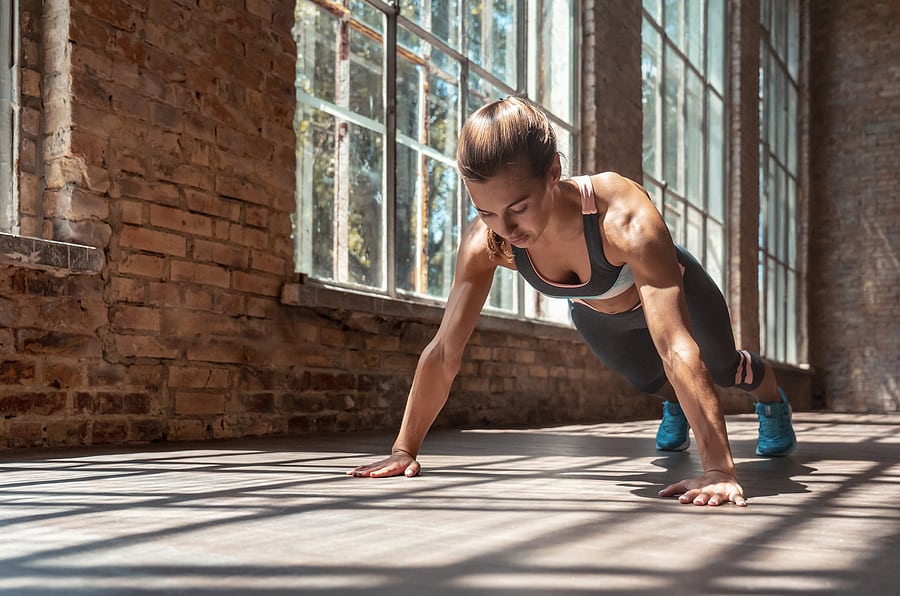
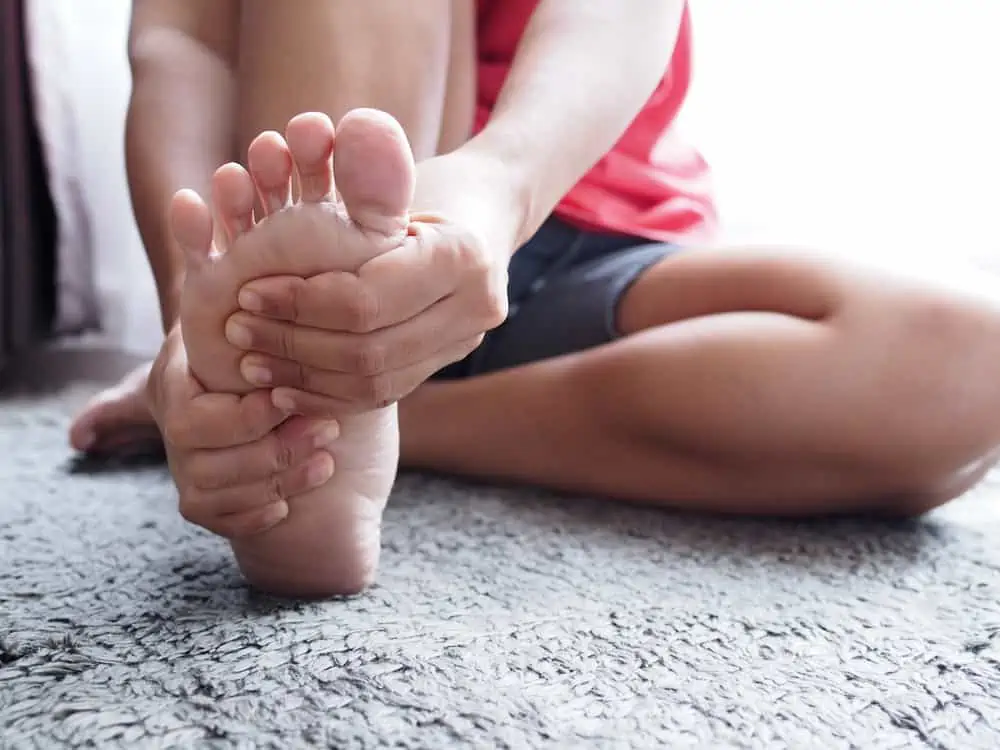
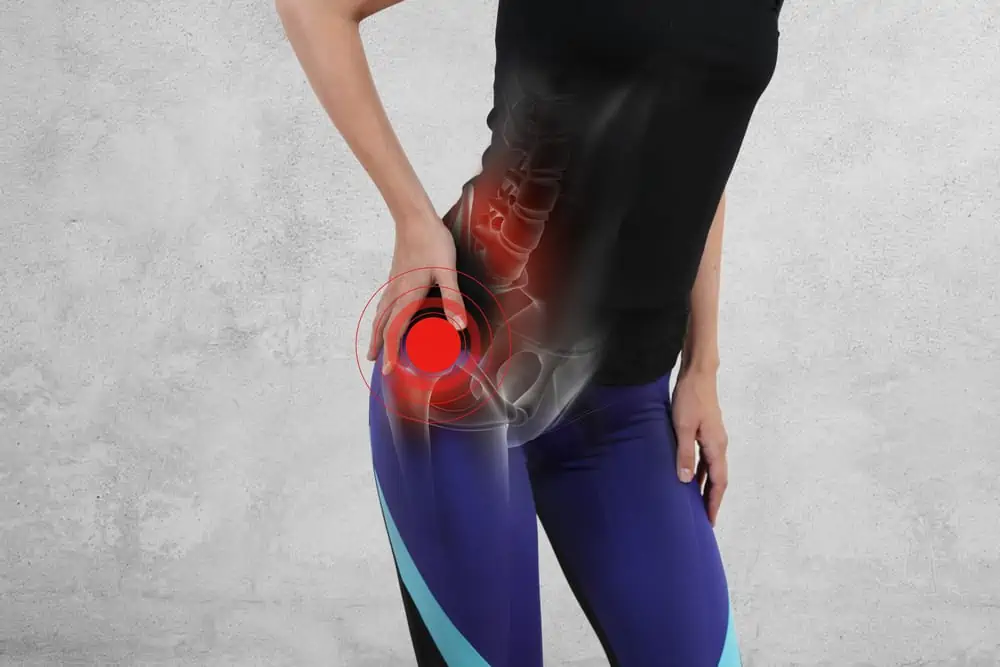
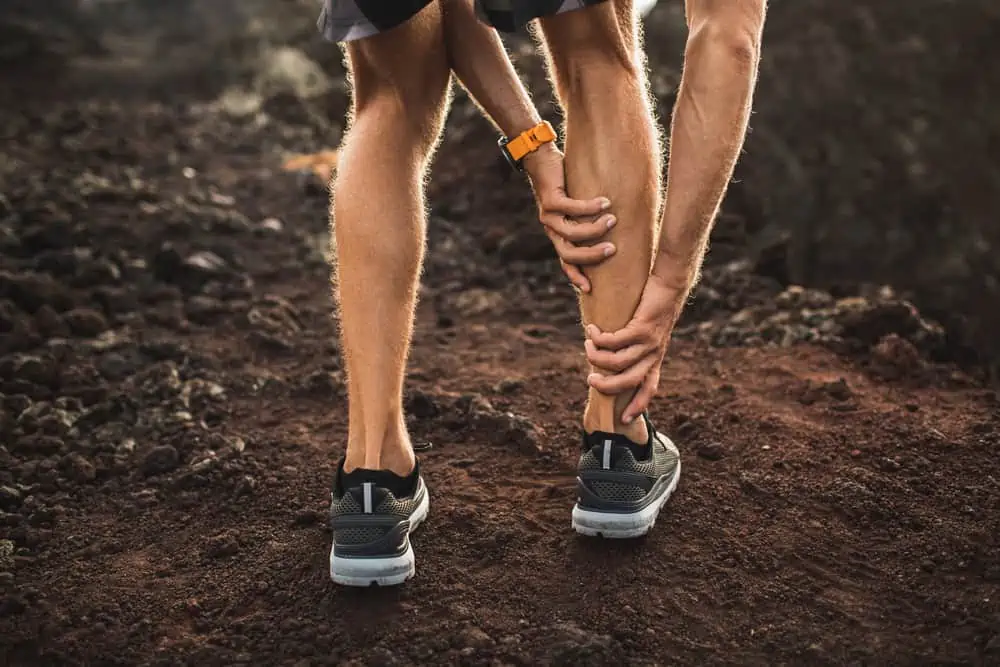
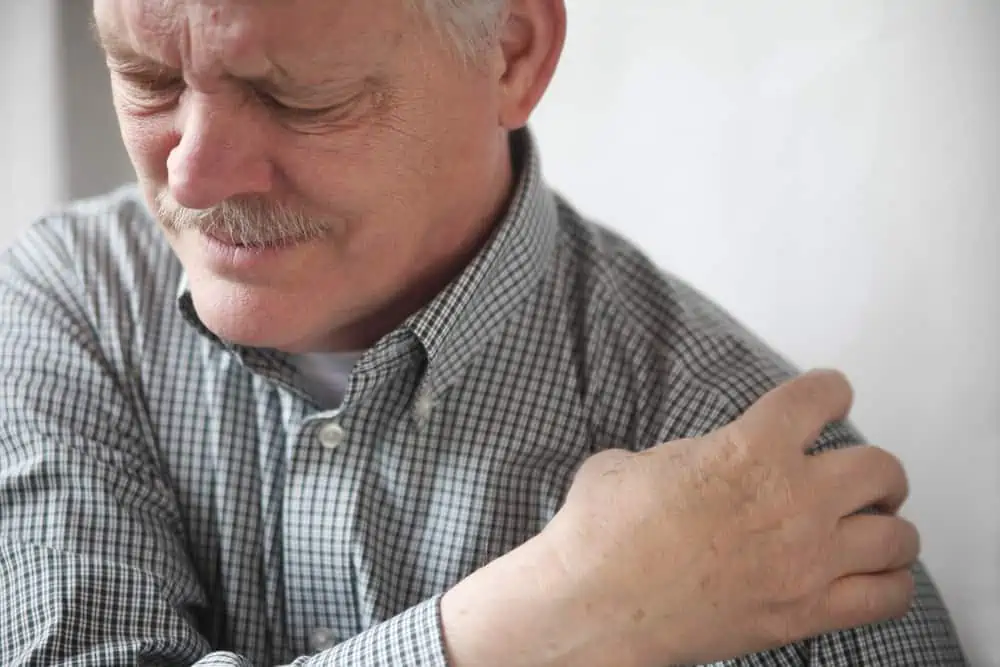
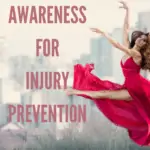
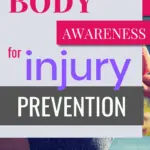
This is great information. Being a new mom and trying to lose weight it’s hard when your baby is fussy sometimes and you have a dog that barks because you are doing something different. I was also hit by a car about 3 years ago so this will help me a lot.
These are great advice, thank you for posting this! xoxo
Great text!!! I must confess that I have zero spatial awareness. I’m always kicking chairs’ legs, bumping into walls and spilling water all over the table!! 🙁 But I will never give up!!
I’ve never heard this topic discussed this way and am elated I did. I especially like that you delved into how to improve your balance and discuss that it is a skill that can be developed.
I’m not the most graceful when it comes to some things. After just having a baby I’m finding slowing down and being conscious of how I’m carrying myself is helping me remember to use my abs. And definitely the relax and contract exercises like pilates.
Great advice. Thankfully, my only problem with spatial awareness is when I am in a rush, using a knife in the kitchen. (No, that’s not really spatial awareness; it’s carelessness.)
I need more of this – I lack coordination. i could definitely use more body awareness on many levels
Wow! Not being coordinated and feeling physically awkward are subjects I have seldom seen addressed. This was a fantastic article, informative and comforting also! I’m not alone!
Thank you very much for your comments! I’m glad you enjoyed it.
Maura, I found this to be a really informative and encouraging article. Gaining a basic understanding of the various terminology is a huge plus!
Great advice and appreciative for the various suggested types of strengthening techniques, and the different types of exercises available out there.
Keep’em coming!!! ?
Thank you. I appreciate your reading and commenting!
This is very interesting! I have been thinking that I needed to work on balance for a while but I see that I may need to look into body awareness as well. I will definitely be incorporating some of the activities you suggested.
Excellent, thank you for reading.